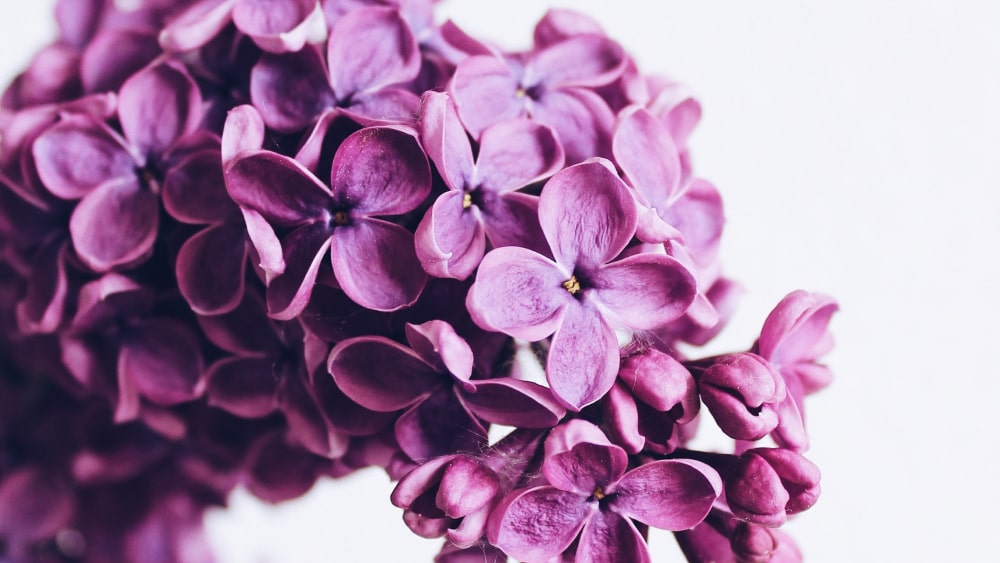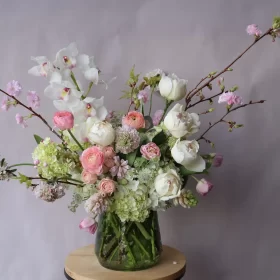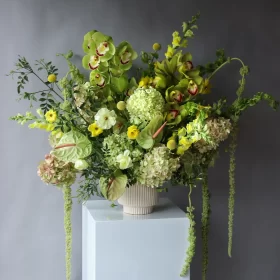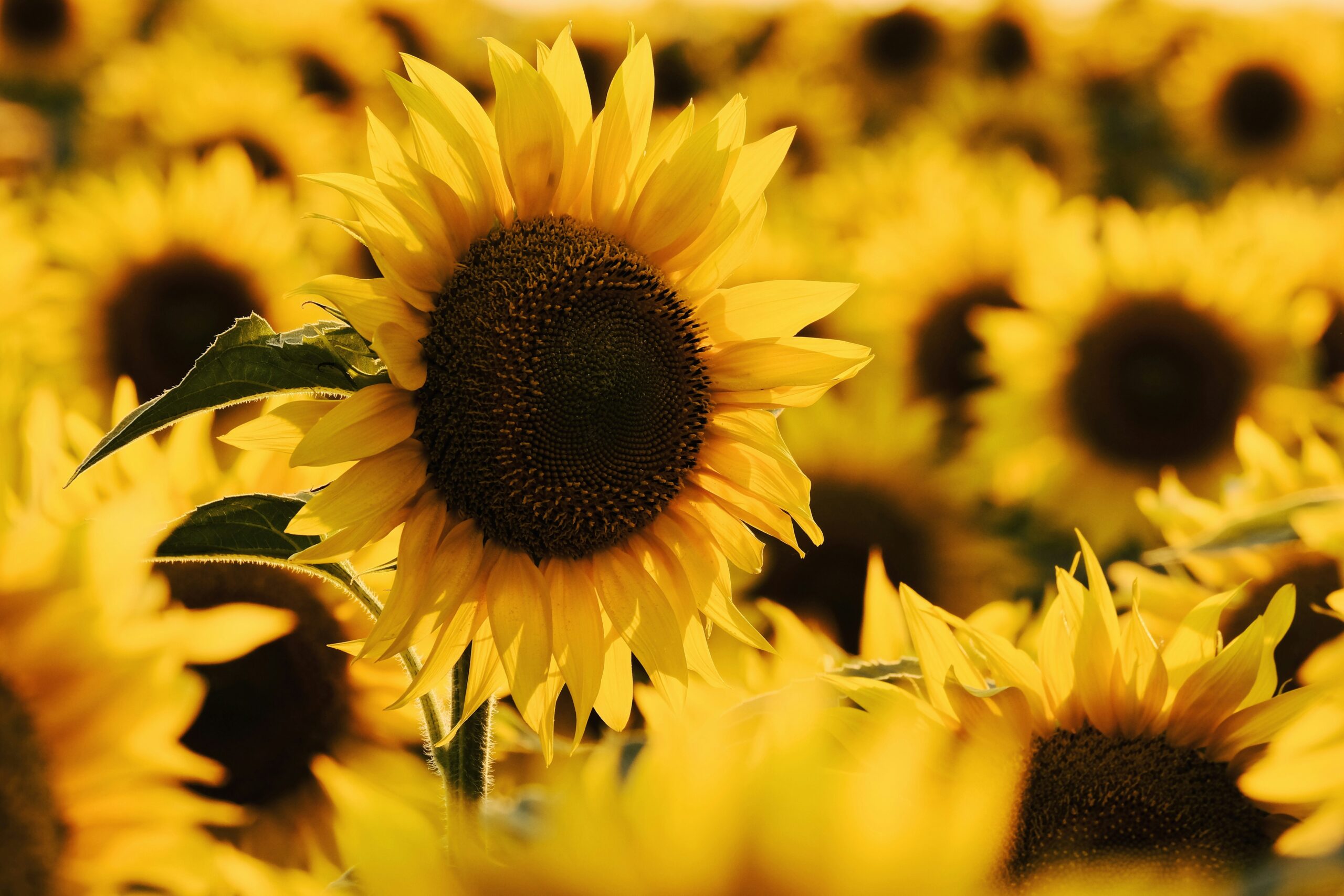
The Lilac, a flower celebrated for its vibrant colors and intoxicating fragrance, holds a special place in the hearts of many. This article will take you on a journey through the origin of the Lilac, its symbolic meaning, and some intriguing facts about this beloved bloom.
The Origin of the Lilac Flower
The Lilac, scientifically known as Syringa vulgaris, finds its roots in the Balkan Peninsula. Its existence is intertwined with ancient Greek mythology, where Pan, the god of forests and fields, fell in love with a nymph named Syringa. Overwhelmed by Pan’s affection, Syringa transformed herself into a Lilac shrub. In honor of this myth, the scientific name for the Lilac is Syringa.
The Lilac journeyed from the rugged mountains of Eastern Europe to the garden courts of Istanbul, then to Vienna, before finally reaching Paris. It was in Paris where the Lilac was extensively cultivated and hybridized, leading to the many varieties we see today.
Lilac Flower Meaning and Symbolism
The Lilac is a flower rich in symbolism and meaning. Generally, it represents the joy of youth, the innocence of love, and the purity of emotion. The color of the Lilac also plays a significant role in its symbolism. A white Lilac symbolizes purity and innocence, while a purple Lilac signifies first love.
The Lilac’s intoxicating fragrance is often associated with the nostalgic memories of a first romance. Therefore, a bouquet with Lilacs is a popular choice for those wishing to evoke feelings of young love and innocence.
Few Facts About Lilac
Variety of Colors: While most people associate Lilacs with a light purple color, they actually come in a variety of shades, including white, violet, blue, lavender, pink, magenta, and even a deep, rich purple.
State Flower: The Lilac is the state flower of New Hampshire, symbolizing the hardy character of the men and women of the Granite State.
Fragrance: Lilacs are known for their sweet and heady fragrance. This scent is so distinctive that it’s often used in perfumes and aromatherapy for its calming and relaxing effects.
Edible Blooms: Surprisingly, Lilac blooms are edible. They’re sometimes used in culinary creations for their floral flavor and attractive appearance.
Lilac Festival: The city of Rochester, New York, hosts an annual Lilac Festival, attracting thousands of visitors to enjoy more than 500 varieties of Lilacs.
In conclusion, the Lilac is a flower with a rich history and deep symbolism. Its journey from the ancient Greek myth to the gardens of Paris, and its representation of youthful innocence and first love, make it a truly fascinating bloom. Whether you’re considering to order Lilacs for delivery or simply wish to appreciate their beauty in your own garden, understanding their deeper meaning can enhance your appreciation for this remarkable flower.





